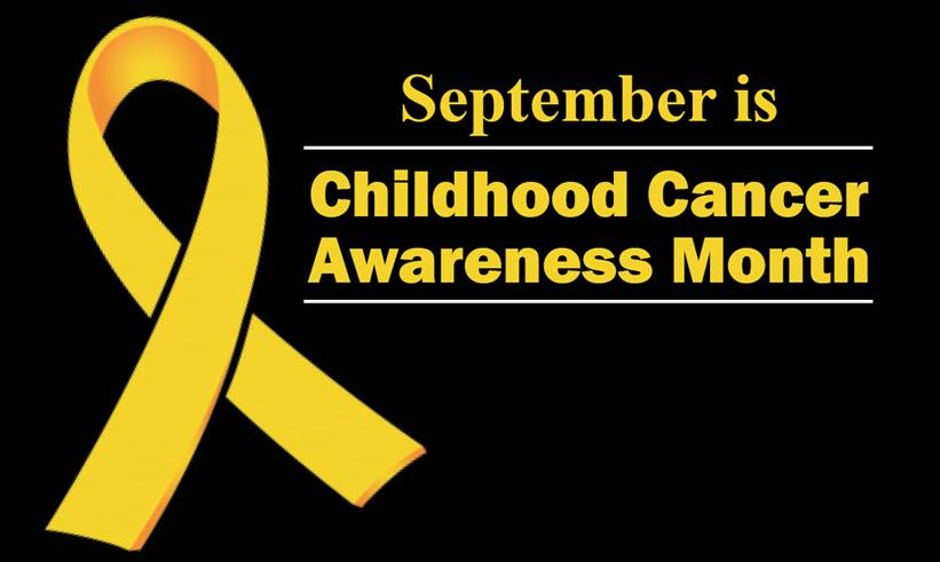
Childhood cancer awareness
September is recognized as childhood cancer awareness month. The most common types of cancer diagnosed in children ages 0 to 14 years are leukemias, brain and other central nervous system (CNS) tumors, and lymphomas. Here are other 6 facts you may not know about childhood cancer. The Uganda Cancer Institute (UCI) detects at least 600 cases of cancer among children each year. Among the 750 children diagnosed with cancer each year, 600 of those cases are detected at the Uganda Cancer Institute (UCI) and around 150 cases are detected at Mbarara Hospital [cancer centre] each year.
Unlike cancer in adults, majority of the causes of childhood cancers are not known. According to current data, it is suggested that approximately 10% of all children with cancer have a predisposition because of genetic factors
Some of the signs and symptoms of childhood cancers include; being unable to pass urine or having blood in urine, an unexplained lump, firmness or swelling anywhere in the body, tummy (abdominal) pain or swelling that doesn’t go away, back or bony pain that doesn’t go away, or pain that wakes your child up in the night, unexplained seizures (fits) or changes in their behaviour and mood,headaches that don’t go away, frequent or unexplained bruising or a rash of small red or purple spots that can’t be explained, unusual paleness, feeling tired all the time, frequent infections or flu-like symptoms, unexplained vomiting (being sick), unexplained high temperature (fever) or sweating, feeling short of breath, and changes in the appearance of the eye or unusual eye reflections in photos.
Some of the tests used to diagnose childhood cancer include; Blood tests. Routine blood tests measure the number of different types of cells in a person’s blood. Levels of certain cells that are too high or too low can indicate the presence of certain types of cancer. Biopsy. A biopsy is the removal of a small amount of tissue for examination under a microscope. Other tests can suggest that cancer is present, only a biopsy can make a definite diagnosis, except for certain types of brain tumors. Bone marrow aspiration and biopsy. These 2 procedures are similar and often done at the same time to examine the bone marrow, which is the spongy, fatty tissue found inside larger bones. Bone marrow has both a solid and a liquid part. A bone marrow aspiration removes a sample of the fluid with a needle. A bone marrow biopsy is the removal of a small amount of solid tissue using a needle.
Treatment options and recommendations depend on several factors, including the type and stage of cancer, possible side effects, and the patient’s preferences and overall health. These include; surgery, chemotherapy and immunotherapy, radiotherapy, bone marrow and stem cell transplantation.




